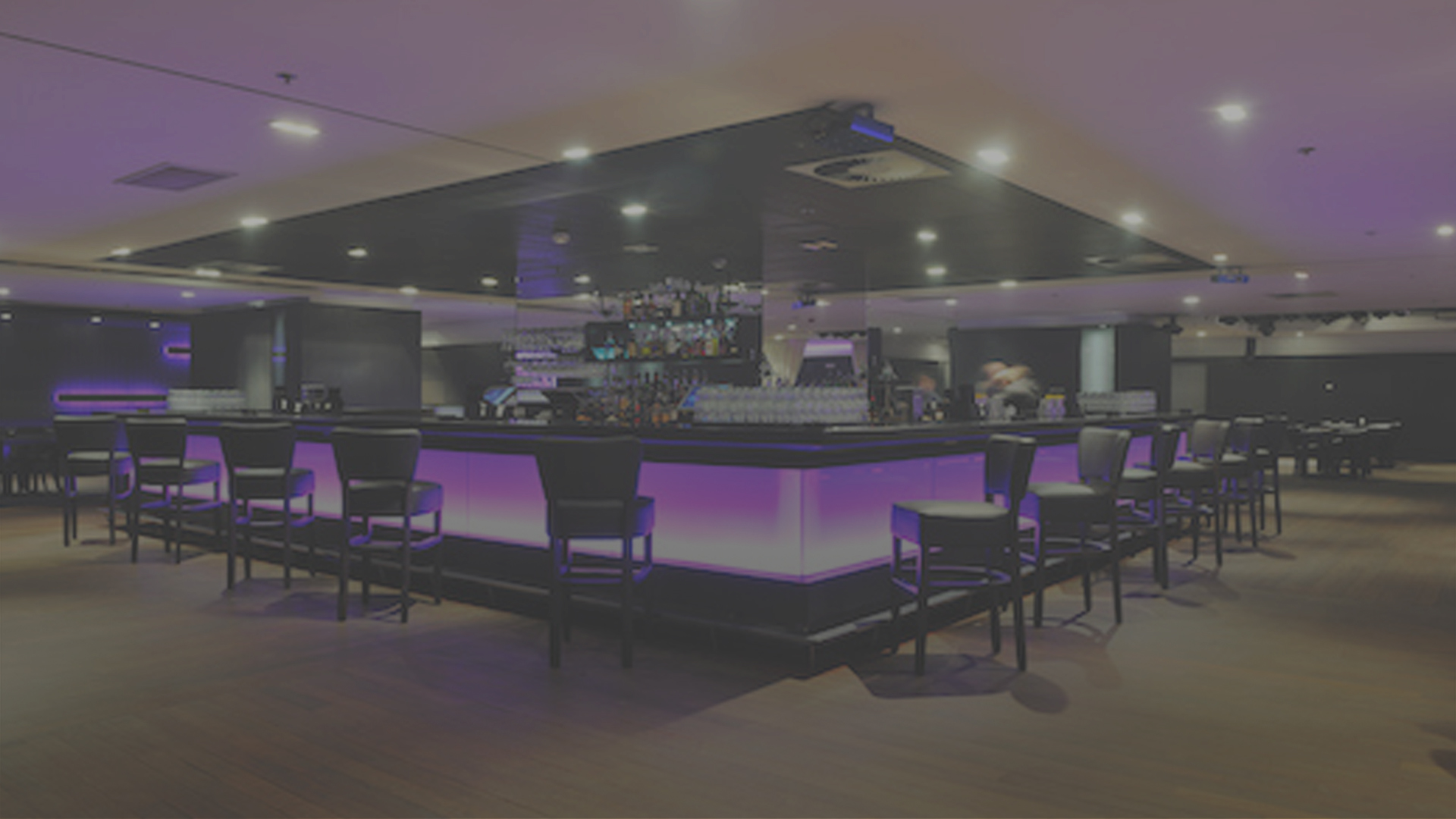While configuring audio-visual systems, the criticality of cabling and connectivity cannot be overstated. Proper wiring not only ensures that sound and video quality are maintained but also delivers the stability of the entire system. In any AV setup, whether for a learning environment, corporate space, or home theater, optimizing the wiring can lead to enhanced performance and reduced technical issues. This article will outline key strategies for enhancing wiring and interfacing in AV solutions.
The first step in optimizing media installations is to determine the right cables for the task. Distinct types of cables fulfill various purposes, so identifying appropriate ones is important. For example, HDMI cables are widely used for delivering high-definition video and acoustic signals. In comparison, balanced audio cables like XLR can minimize interference in sound systems. It is vital to evaluate the distance and durability of these cables, as longer cables can result in signal degradation. By purchasing professional-grade cables that suit the individual needs of the AV setup, users can dramatically boost overall performance.

Another essential strategy is structuring the wiring effectively. A systematic wiring system not only looks cleaner but also enhances functionality. Using cable management accessories like clips, ties, or sleeves can aid keep wires organized and eliminate tangling. This organization also makes it simpler to diagnose any issues that may occur. Labeling each cable according to its function or origin can minimize time during setups or maintenance. A well-labeled layout helps technicians quickly locate connections, which is especially critical in complex systems with multiple devices.
Additionally, analyzing the configuration why not try this out of the space is crucial for improving connectivity. The placement of components can affect how signals travel through cables. Positioning devices too far apart may call for longer cables or signal boosters, which can be costly and degrade quality. It is advantageous to map out the arrangement of equipment strategically, taking into account the proximity between devices and potential interferences such as walls or furniture. This strategic placement can reduce issues related to signal loss and improve connectivity throughout the AV system.
Regular performance audits are another key strategy for maintaining maximum operation of AV wiring and connectivity. Over time, cables may become worn due to usage or aging. Periodically inspecting all connections helps detect potential problems before they escalate into serious issues. Upgrading aged cables digital interactive experiences for commercial spaces and cleaning connectors can restore signal quality and guarantee the system functions smoothly. Using a schedule for periodic maintenance can help users stay on top of this aspect of their AV systems.
Finally, keeping up-to-date about emerging innovations and guidelines is important for anyone involved in AV systems. The industry is consistently advancing with breakthroughs in technology that can elevate connectivity and efficiency. Participating in training sessions, reading industry publications, or becoming a member of professional associations can deliver beneficial information into effective methods and latest tools in the industry. By leveraging these innovations and integrating them to legacy systems, users can enhance their AV setups continuously while ensuring they remain current with industry trends.
In conclusion, enhancing infrastructure and AV performance in AV setups entails thoughtful selection of cables, effective organization, thoughtful space layout planning, regular maintenance checks, and staying updated on emerging technologies. By applying these methods, users can attain improved functionality and stability in their AV setups, ultimately resulting in a more seamless experience for everyone engaged.